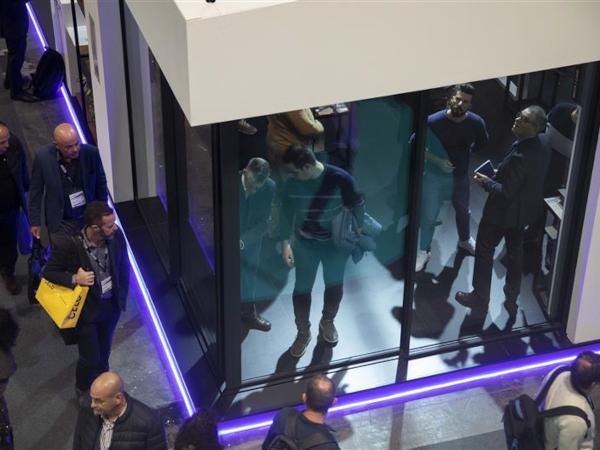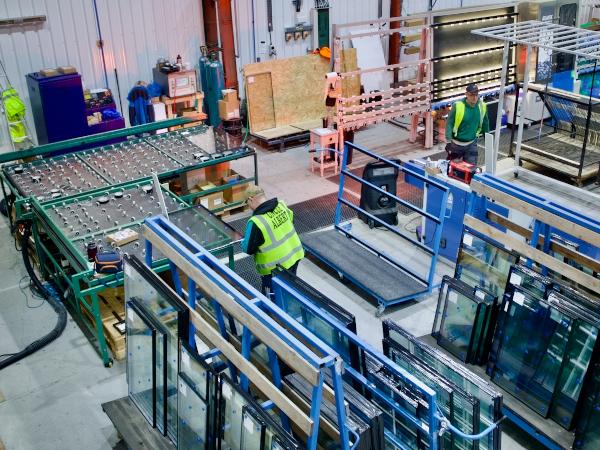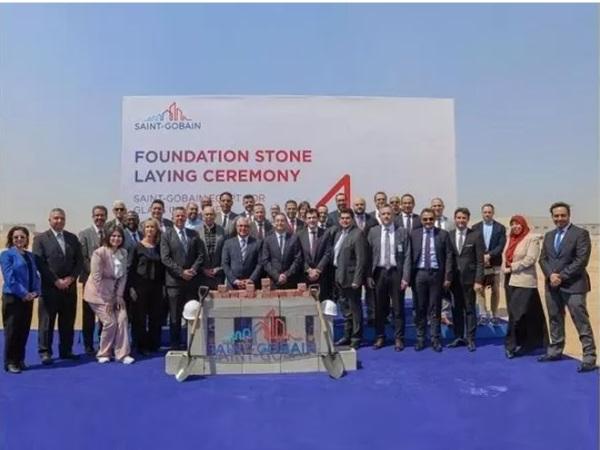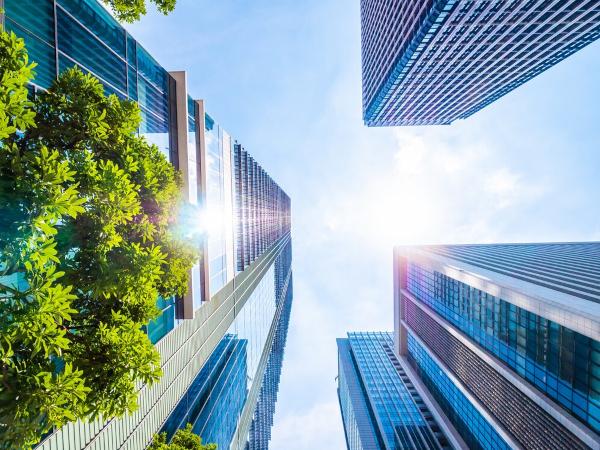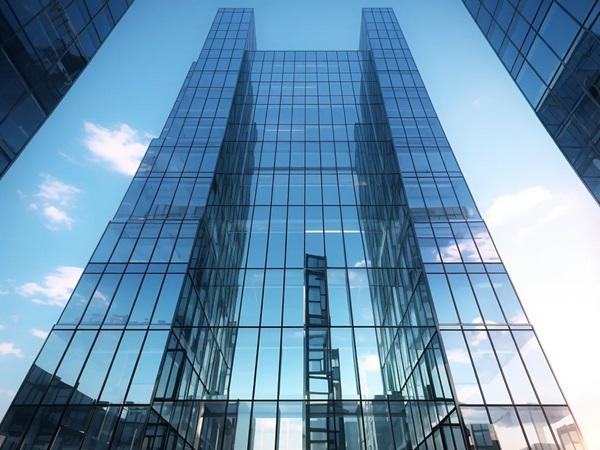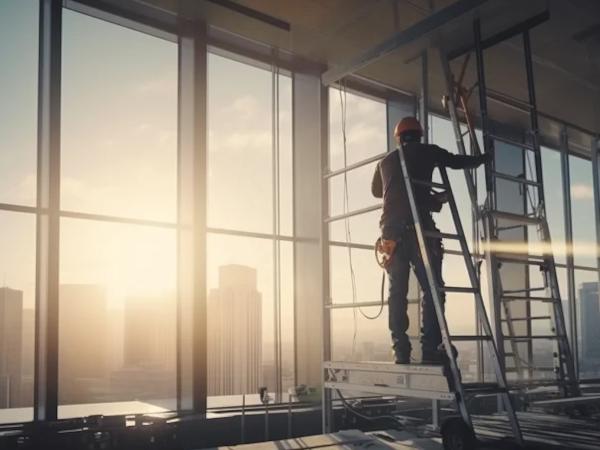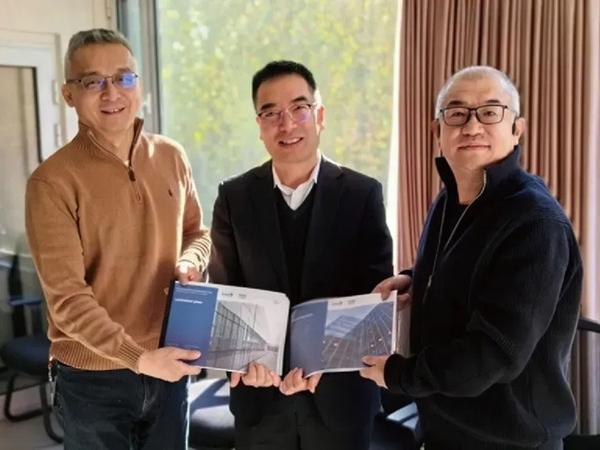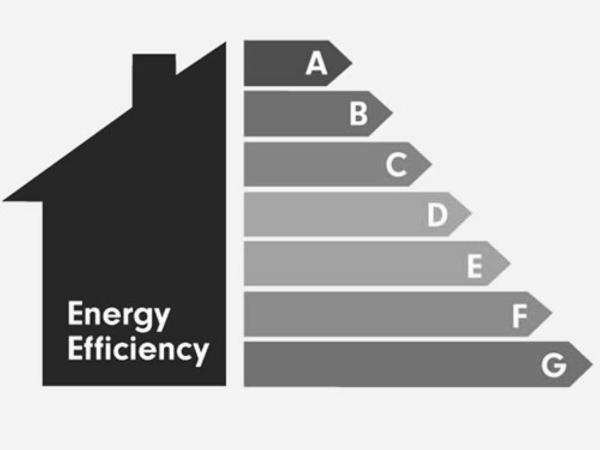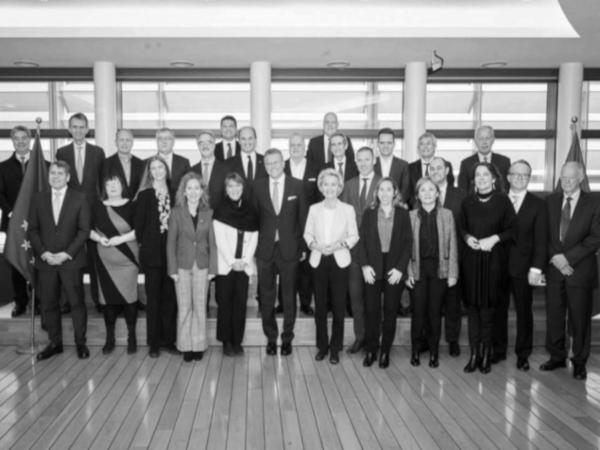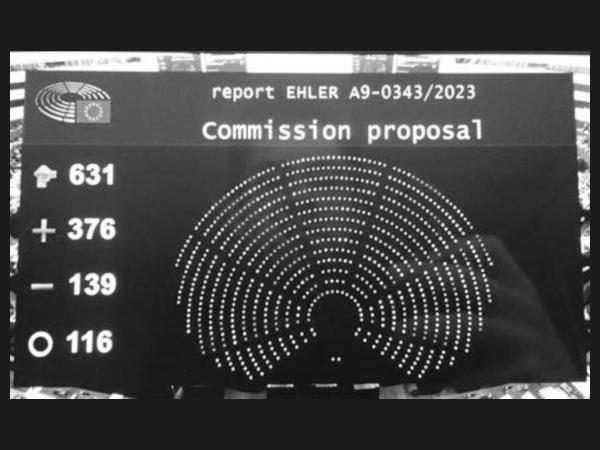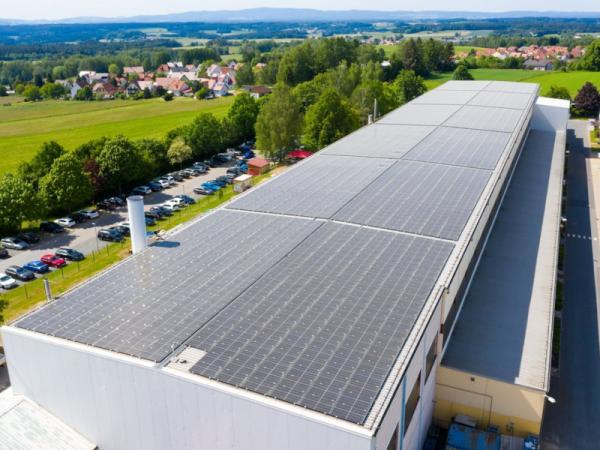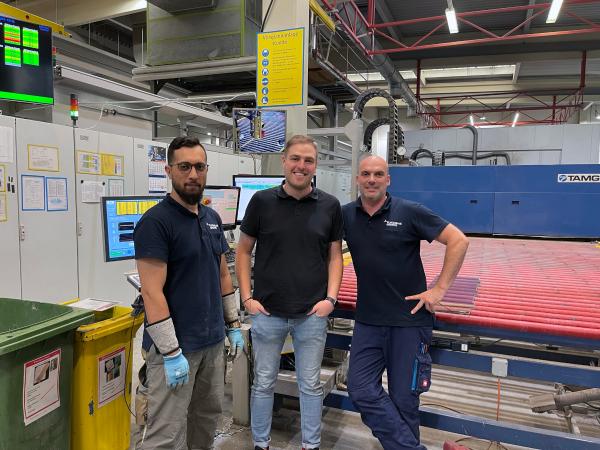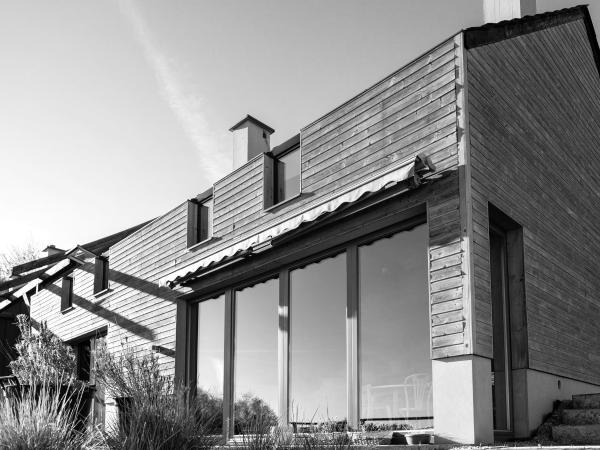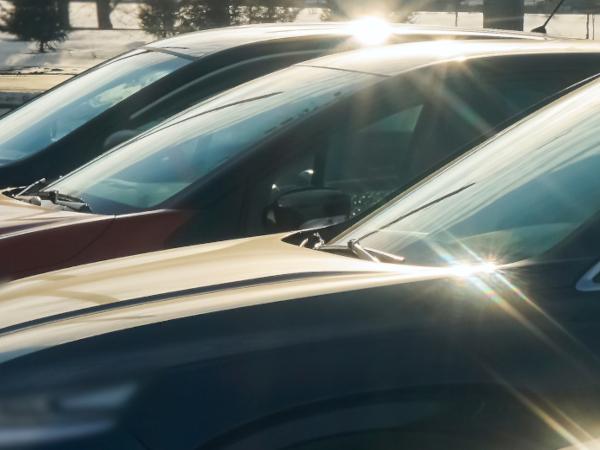Others also read
VETECO will create numerous business opportunities in a crucial sector for enhancing the energy efficiency of buildings.
Thermoseal Group customer Lutley Windows are revolutionising energy efficiency in social housing.
The Ain Sokhna float plant in Egypt will see its capacity increased with the construction of a second flat glass production line.
In addition to the five-part video series, Glass for Europe is thrilled to unveil a two-pager Manifesto outlining its priorities and policy recommendations for the 2024-2029 mandate of the European institutions.
Enhanced solar control glass with exceptional performance
The plenary session of the European Parliament has voted in favor of the recast Energy Performance of Buildings Directive, one of the final texts of the ‘Fit for 55’ package.
Secondary glazing involves installing an additional windowpane on an existing window to improve insulation.
Energy Star, a trusted symbol for energy efficiency, extends its influence on windows, offering consumers a reliable benchmark for making environmentally conscious choices.
Transitioning energy intensive industries towards 2040 urgently requires the currently missing enabling conditions for a European business case.
In the ever-evolving landscape of sustainable living and energy efficiency, the Glass for Europe manifesto for 2024-2029 emerges as a guiding light towards a greener future.
In 2023 Sparklike did a customer survey to understand its customers better. This included insight how Sparklike devices are perceived and what are the drivers to purchase.
NorthGlass moved towards a sustainable future
Following the fourth interinstitutional meeting which took place on 7 December, EU co-legislators reached a political agreement on the revision of the Energy Performance of Buildings Directive.
Yesterday, Glass for Europe’s Chairwoman Joana Arreguy from Saint-Gobain participated in the EU Clean Transition Dialogue on industry with EC President and Executive Vice-President.
On November 21, the European Parliament has adopted its position on the Net-Zero Industry Act with 376 votes to 139 and 116 abstentions.
Understanding the benefits of triple pane windows - a deep dive into insulating glass units and energy efficiency.
Now is the time to focus on energy efficiency, quality and automation with every piece of glass processed.
As a member of the European Solar PV Industry Alliance (ESIA), Glass for Europe contributes to the “Finance” and “Value Chain” working groups.
The technology company is taking an important step towards sustainable energy supply.
Around 40 participants at the FGIA Fall Conference had the opportunity to tour the 327-acre National Renewable Energy Laboratory campus in Golden, CO.
High-performance glazing could save up to 37% of the total energy consumption from the EU building stock by 2050!
The new Fenzi AGT technology revolutionizes automotive glass enamels, reducing costs and energy consumption.
This year at Vitrum you can see the future of the glass industry

